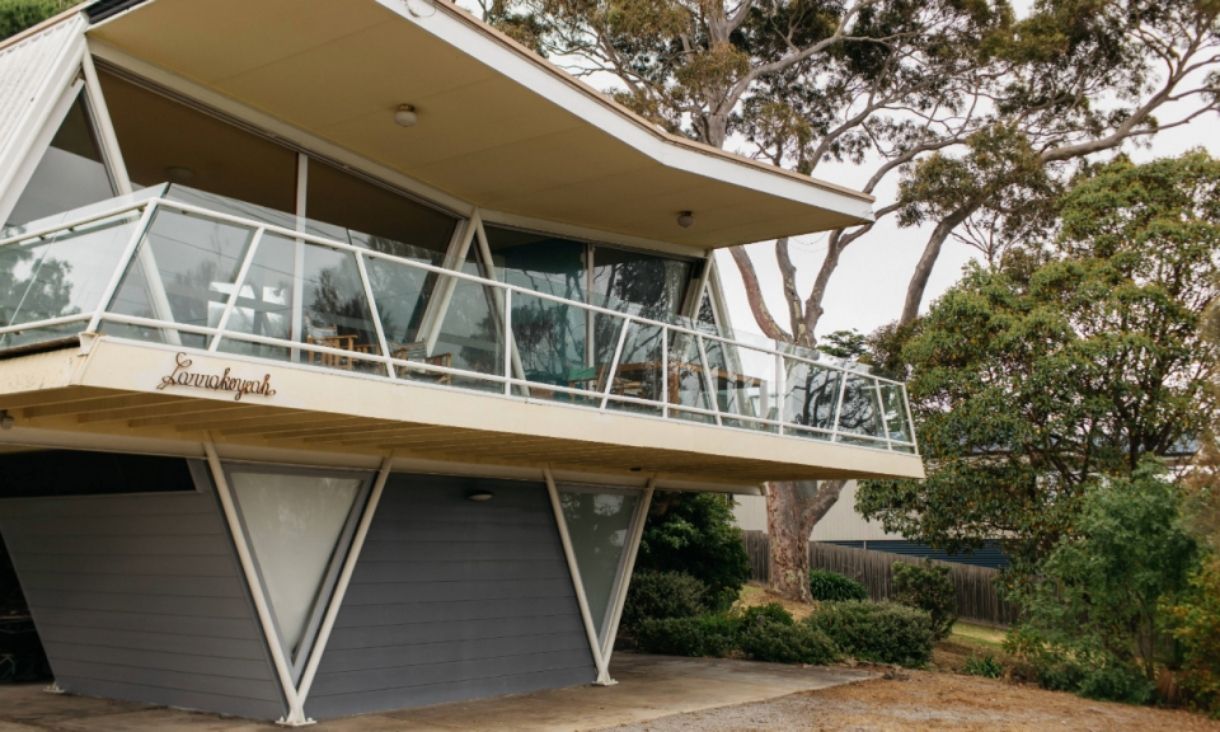Dr Jessica Balanzategui, Senior Lecturer in Media
“Social media platforms TikTok and YouTube are driving some of the most cutting-edge trends in horror filmmaking.
“These two platforms have cultivated an environment for emerging filmmakers to develop distinct creative voices and build the profile of their work in collaboration with an engaged community of platform users: a creative dynamic I call ‘participatory experimentation.’
“Upcoming experimental horror film I Saw the TV Glow (Jane Schoenbrun) is being regarded as one of the biggest critical hits at Sundance, hailed as both a ‘masterpiece’ and ‘major’ work of surreal, experimental horror.
“This film, like Schoenbrun’s previous film We’re All Going To the World’s Fair (2021) and two of 2023’s most acclaimed horror films, Skinamarink and Australian smash-hit Talk To Me, harnesses the themes and aesthetics of wildly popular experimental horror genres on TikTok and YouTube.
“Two of the most popular and influential of these are the interrelated TikTok categories ‘Liminal Spaces’ – which has 4.9 billion views – and ‘Analog Horror,’ which has 2.3 million views.
“These content trends are creating pathways for international horror filmmaking careers. Skinamarink – the feature film debut of Kyle Edward Ball described by some critics as the best horror film of 2023, or even scariest of all time – gained international exposure after going viral on TikTok.
“Thanks to the popularity of his YouTube video The Backrooms, 16-year-old Kane Parsons was contracted by prestige studio A24 to direct his first feature.
“We are even seeing YouTube videos make the leap from social media platform to art events. An upcoming screening of YouTube video Heck from Skinamarink director Kyle Edward Ball at Melbourne’s Capitol theatre – an event I co-organised in association with a major exhibition at the Australian Centre of Contemporary Art – exemplifies the growing cultural impact and aesthetic legitimacy of these ‘weird,’ uncanny social media trends.
“Social media is cultivating trailblazing creative visions due to the culture of collaboration and participatory experimentation on platforms like TikTok and YouTube that often attracts millions or even billions of views.
“TikTok is becoming a major site of such activity thanks to its user-friendly bag of special effects tricks like retro-cam filters, green screens, face morphing and body warping.
“It’s an exciting time for the industry because emerging filmmakers can experiment with their creative visions via ‘participatory experimentation’ on social media, as well as creating pathways to careers, it is expanding the boundaries of the horror genre.
Dr Jessica Balanzategui's research focuses on horror and digital cultures. She is also an expert in screen genres for and about children – particularly those that challenge expectations and definitions of ‘child appropriateness’. Her article, ‘Analog uncanny’: how this weird and experimental side of TikTok is forging the future of horror was published in The Conversation today.
***
General media enquiries: RMIT Communications, 0439 704 077 or news@rmit.edu.au







